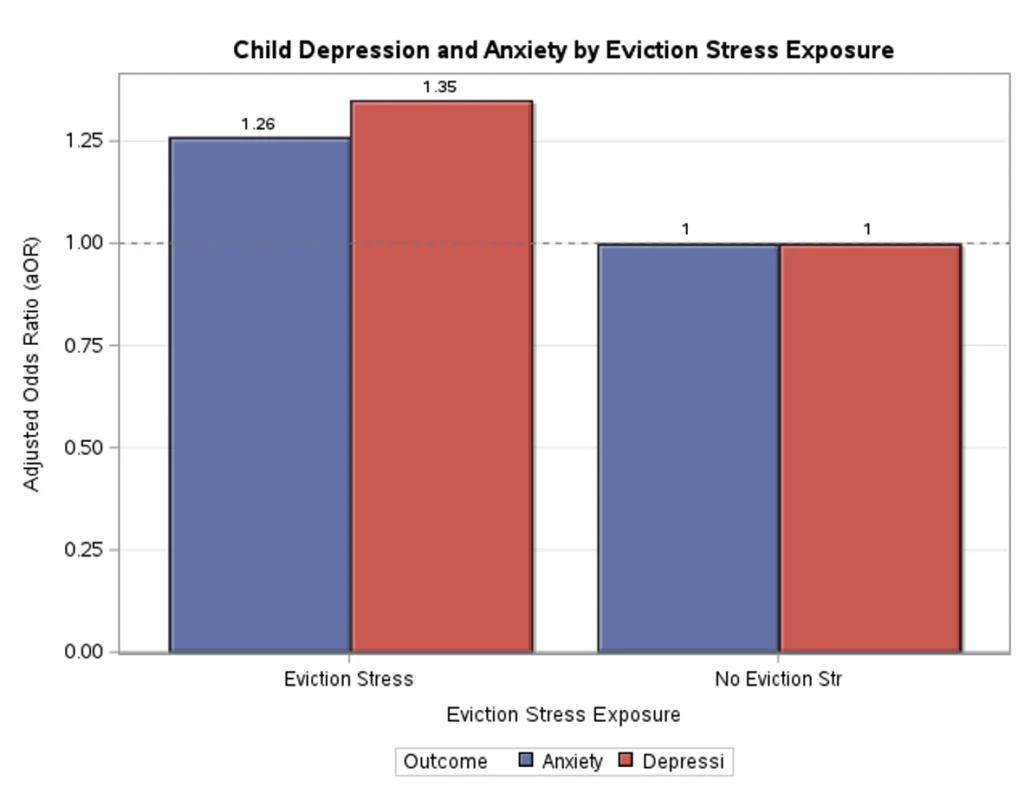Home on Shaky Ground: The Mental Toll of Housing Insecurity
Children living in eviction-risk households are nearly twice as likely to experience anxiety and depression as those living in secure homes.

Read Time: 2 minutes
Published:
A child’s home should be a place of safety and stability. But for families facing housing insecurity—defined as the risk of eviction or difficulty paying rent—that foundation is constantly at risk. The consequences extend far beyond financial hardship, affecting children’s mental and behavioral health in lasting ways.
Using a nationally representative survey of 54,000 U.S. families from the National Survey of Children’s Health (NSCH), Jamie L. Hanson found that children living in households at risk of eviction were significantly more likely to experience mental or behavioral health challenges. Parents reported on their children’s health, development, and family environment, which researchers analyzed for four common issues: anxiety, depression, behavioral problems, and conduct disorders.
Young children, whose emotional development depends on predictability and connection, may be especially vulnerable. Children in households where eviction is a looming threat may struggle with emotional regulation, exhibit increased aggression, or have difficulty focusing in school. The constant uncertainty can interfere with academic performance and social relationships, further compounding the long-term effects of housing stress.
The chart below emphasizes how strongly eviction-related stress is linked to mental health issues in children. Children in eviction-risk households were nearly twice as likely to experience anxiety and depression. The odds were also significantly higher for behavioral issues and ADHD.

Hanson’s findings point to a broader pattern: housing insecurity rarely exists in isolation. It often overlaps with food insecurity, limited health care access, and underemployment. These overlapping burdens can create a cycle of disadvantage that extends well into adulthood. For families living on the edge, the stress of meeting basic needs becomes chronic, and children also bear the weight.
A home is more than a roof overhead—it is the foundation for a child’s well-being. As policymakers and public health professionals work to improve youth mental health outcomes, ensuring housing stability should be central to the conversation. Addressing this hidden crisis could pave the way for healthier, more resilient future generations.



